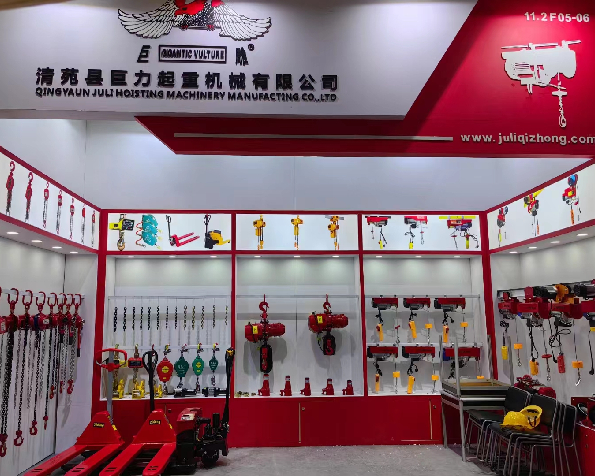


The Importance of Industrial Fall Protection Devices
In the realm of industrial safety, the prevention of workplace accidents is paramount, particularly when it comes to falls. Falls are among the leading causes of serious injuries and fatalities in the workplace, especially in sectors such as construction, manufacturing, and warehousing. To mitigate these risks, various fall protection devices have been developed, focusing on safeguarding workers at height and ensuring compliance with occupational safety regulations.
Understanding Fall Protection Devices
Fall protection devices are specific safety measures designed to prevent workers from falling or to safely arrest a fall. These devices range from simple, passive safety measures to more complex, active systems. Common categories of fall protection devices include guardrails, safety nets, personal fall arrest systems (PFAS), and warning lines.
1. Guardrails These are physical barriers installed on edges of surfaces prone to falls, such as roofs, scaffolds, and elevated platforms. They are designed to prevent workers from unintentionally stepping off an edge, providing a first line of defense against falls.
2. Safety Nets Used primarily in construction sites, safety nets are installed beneath work areas to catch workers in the event of a fall. They are an effective solution in situations where guardrails cannot be used, such as during the construction of multi-story buildings.
3. Personal Fall Arrest Systems (PFAS) These systems consist of harnesses, lanyards, and anchors that are designed to securely attach a worker to a stable structure. PFAS is crucial in preventing falls by stopping a worker from hitting the ground if they slip or lose their footing. Proper training in their use is essential for maximizing safety.
4. Warning Lines Used as a visual deterrent, warning lines are typically set up around open edges to alert workers of potential fall hazards. Their presence helps reinforce awareness and encourages caution in high-risk areas.

Regulations and Compliance
In most countries, occupational safety regulations outline specific requirements for fall protection in industrial settings. For example, in the United States, the Occupational Safety and Health Administration (OSHA) mandates fall protection in situations where workers are exposed to fall hazards at heights of six feet or more in the construction industry, and at heights of four feet in general industry.
Compliance with these regulations not only protects workers but also shields employers from potential legal liabilities and fines associated with workplace injuries. Regular inspections and maintenance of fall protection devices are crucial for ensuring their reliability and effectiveness, as worn or damaged equipment can compromise safety.
Training and Education
While having fall protection devices in place is essential, effective training and education for workers are equally important. Workers must understand how to properly use fall protection devices, recognize potential hazards, and adhere to safety protocols. Regular safety training sessions can reinforce proper procedures and promote a culture of safety within the organization.
Conclusion
In conclusion, industrial fall protection devices are vital in preventing workplace accidents and ensuring the safety of workers, particularly in high-risk environments. A combination of proper equipment, regulatory compliance, and thorough training can significantly reduce the frequency and severity of fall-related injuries. As industries continue to evolve, so too must the technologies and practices employed to protect workers, making safety a shared responsibility that is integral to operational success. Investing in fall protection not only safeguards employees but also fosters a committed and productive workforce.



